Introduction to Cuevas de Acsibi: Argentina’s Red Rock Wonder
The Cuevas de Acsibi stand as one of northern Argentina’s most breathtaking natural sites. These remarkable red rock caves, carved into the rugged landscape of the Calchaquí Valley, provide an experience that feels both otherworldly and deeply rooted in local tradition. Visitors often describe a sense of awe upon encountering the vibrant hues, sculpted arches, and tranquil silence that define this hidden marvel.
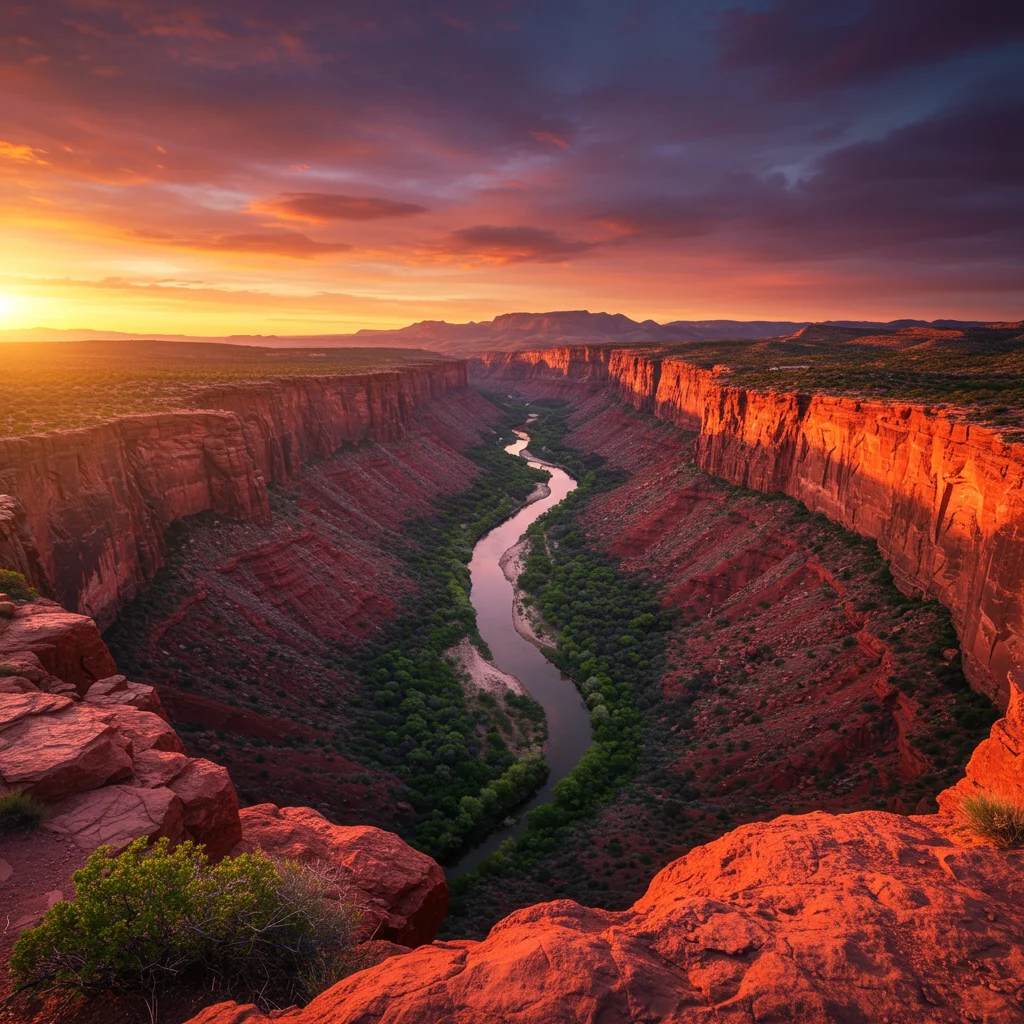
From the shifting sunlight that dances across the sandstone to the whisper of wind echoing through narrow canyons, every moment at Cuevas de Acsibi appeals to the senses. Whether you are a geology enthusiast, a photographer, or simply a traveler seeking authentic adventure, this destination promises lasting memories and a profound connection with Argentina’s wild north.
Where Are the Cuevas de Acsibi Located?
The Cuevas de Acsibi are situated in the heart of Argentina’s Salta Province, within the Calchaquí Valley. Specifically, they lie near the village of Seclantás, a small community renowned for its weaving traditions and tranquil rural charm. The caves are tucked away in a secluded corner, surrounded by dramatic valleys and colorful canyons that typify the region’s landscape.
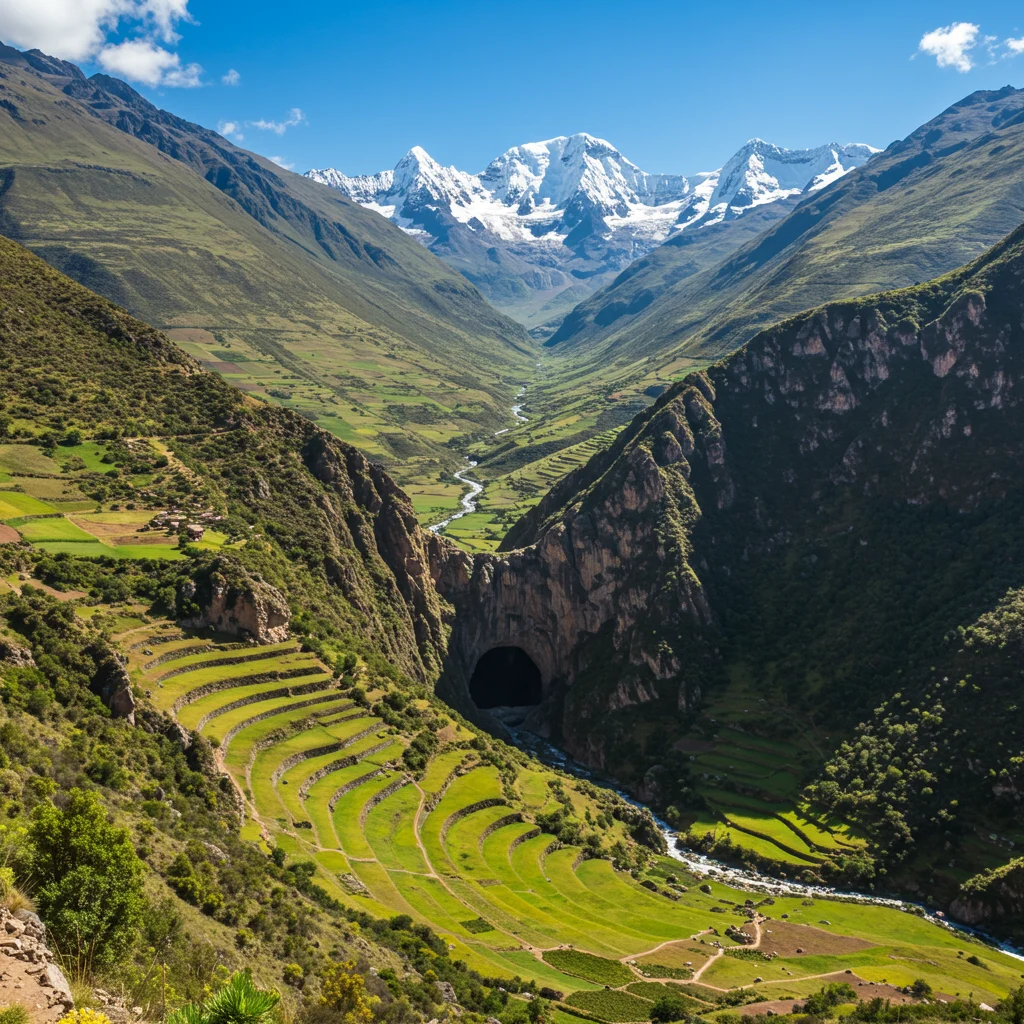
This remote location contributes to the site’s untouched allure, making it essential for visitors to plan their journey carefully.
How to Get to Cuevas de Acsibi
Reaching the Cuevas de Acsibi requires thoughtful preparation, as the journey winds through spectacular but rugged terrain. The caves are not accessible by public transportation, and the last stretch typically involves a guided hike.
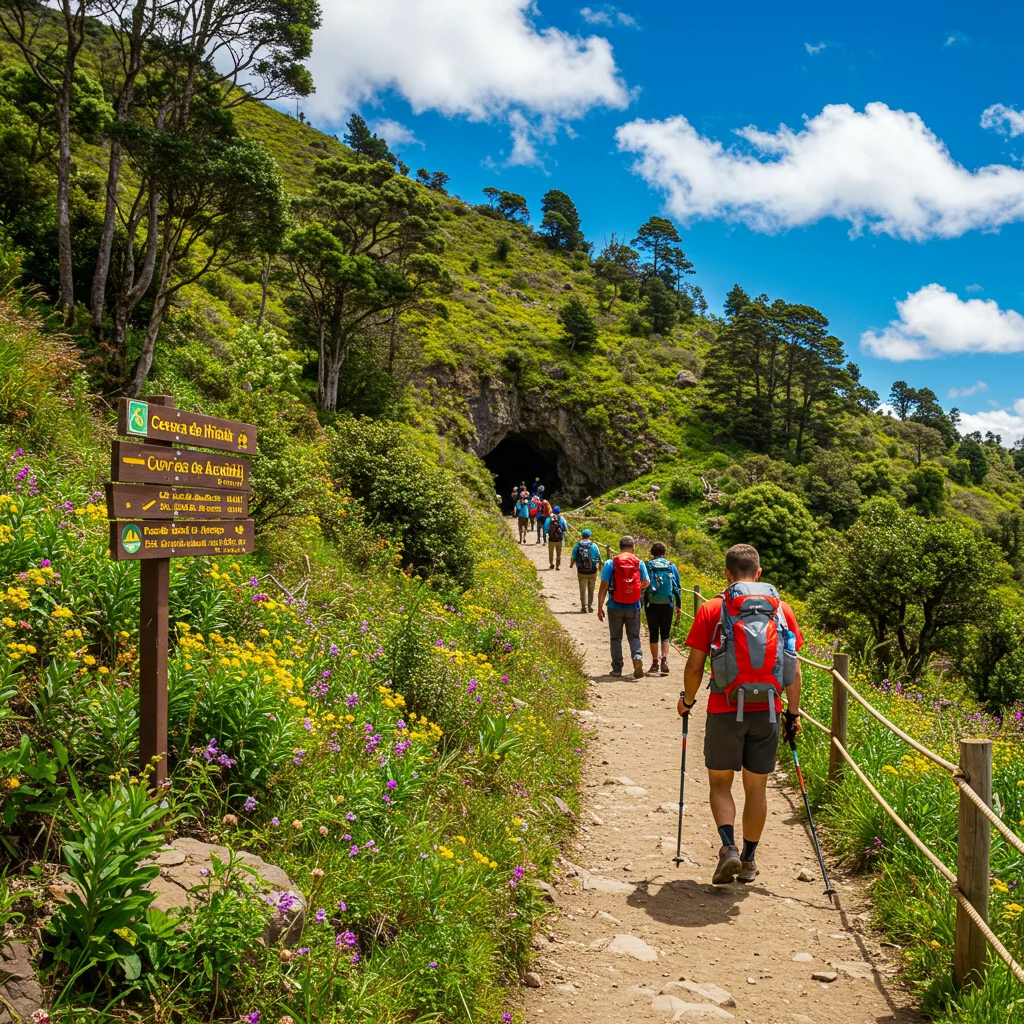
Traveling from Cafayate to Cuevas de Acsibi
Most travelers begin their adventure in Cafayate, a well-known town famous for its vineyards and scenic location. From Cafayate, the distance to Seclantás is approximately 60 kilometers, with the drive taking around 90 minutes along the picturesque Ruta 40. The route passes through rolling hills and vibrant valleys, offering glimpses of local life and regional flora.
Best Routes and Transportation Options
Private vehicles, rental cars, and organized tours are the most practical ways to reach the starting point of the hike. The roads, while generally well-maintained, can become challenging after rain, so we recommend a high-clearance vehicle for maximum comfort. Many travelers opt for a guided tour from Cafayate or Seclantás, as these often include transportation and local expertise.
Do You Need a Guide to Visit?
While it is technically possible to reach the entrance of the Cuevas de Acsibi independently, we highly recommend hiring a local guide. The trail is unmarked and traverses private land, and guides provide valuable insights into the geology, history, and culture of the area. Their knowledge ensures a safer, richer experience and supports the local economy.
For those who appreciate organized exploration, experiences in unique landscapes, such as those described in our post about Tulum Ruins and Cenote Tours, demonstrate the value of local guidance.
The Geological Marvel of Cuevas de Acsibi
The geology of Cuevas de Acsibi is nothing short of astonishing. Towering red walls, slender arches, and cavernous passages reveal the relentless artistry of nature over millions of years. This geological wonder draws both scientists and adventurers eager to witness its raw beauty.
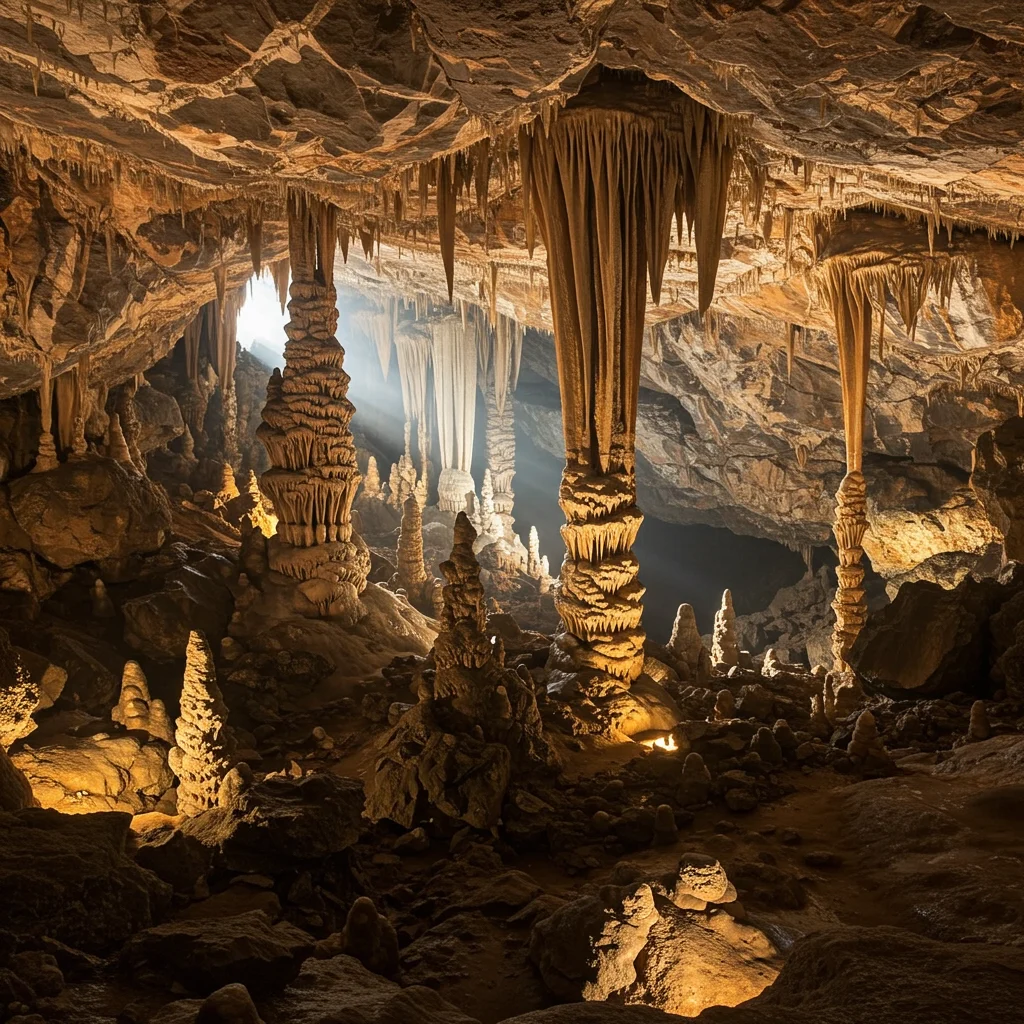
What Makes the Red Rocks Unique?
The signature feature of Cuevas de Acsibi is the intense red coloration of its rocks. This vibrant hue is caused by iron oxide within the sandstone, which glows in the sunlight and shifts in tone throughout the day. The caves and canyons here possess a sculptural quality, with smooth curves and dramatic overhangs that seem almost otherworldly.
Formation and Age of the Cuevas
Scientific studies suggest that the formations date back to the Cretaceous period, over 65 million years ago. Layers of sediment deposited by ancient rivers gradually compacted into sandstone, later uplifted and shaped by tectonic forces. Over time, wind and water carved the intricate network of caves and passageways we see today.
Erosion and Natural Sculpting Processes
Erosion is the primary force behind the cuevas’ distinctive shapes. Seasonal rains channel through the narrow valleys, wearing away softer rock and leaving behind arches, columns, and hollows. The result is a landscape that feels alive, constantly shifting with the elements.
The Landscape: Valleys, Canyons, and Caves
Beyond the caves themselves, the surrounding valleys and canyons offer a mosaic of textures and colors. Towering walls frame the sky, while the sandy floor crunches underfoot. Occasional tufts of vegetation cling to crevices, providing a stark contrast to the red stone. The entire area exudes a quiet majesty, inviting contemplation and wonder.
The History and Legends of Cuevas de Acsibi
The history of Cuevas de Acsibi is deeply intertwined with the indigenous cultures of the Calchaquí Valley. For centuries, these caves have served as both shelter and spiritual sites, their walls echoing with stories passed down through generations.
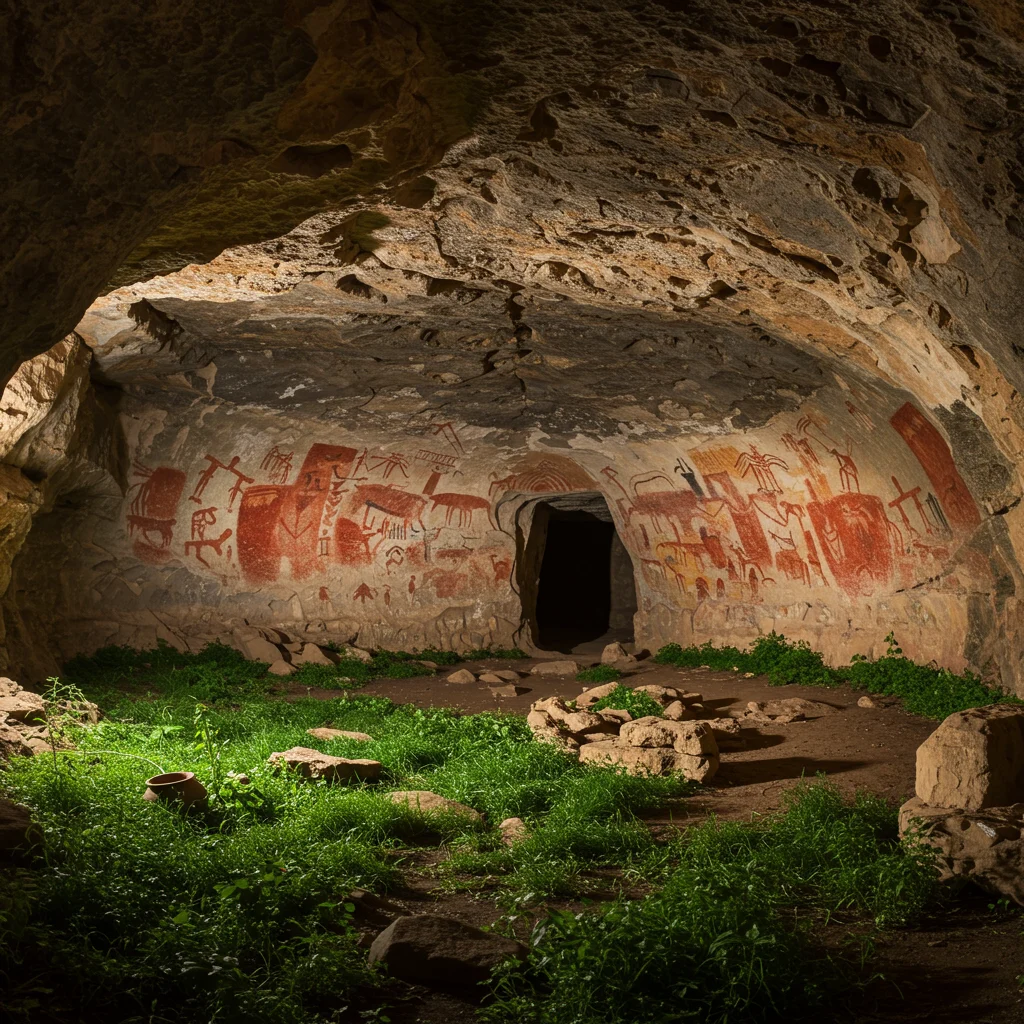
Indigenous Peoples and Ancient Civilizations
The region was once home to the Diaguita-Calchaquí people, who left traces of their presence in rock art and artifacts. These early inhabitants revered the caves as sacred spaces, using them for ceremonies and as places of refuge during times of conflict.
Archaeological Discoveries in the Area
Archaeologists have uncovered pottery shards, petroglyphs, and other relics within the caves and surrounding landscape. These finds provide vital clues about the daily lives, beliefs, and artistic expressions of ancient societies in Salta Province.
Local Myths and Folklore
Local legends abound, with tales of spirits inhabiting the caves and mysterious events witnessed by shepherds and travelers. These stories infuse the site with a sense of mystery and respect, reminding visitors that the land holds secrets not easily explained.
Cultural Significance for the Calchaquí Valley
Today, the Cuevas de Acsibi remain a symbol of resilience and connection for the people of the Calchaquí Valley. Community members continue to honor their ancestors’ traditions, sharing stories and guiding visitors with pride and reverence.
What to Expect When Visiting Cuevas de Acsibi
Visiting the Cuevas de Acsibi is an immersive adventure that blends physical challenge with extraordinary beauty. The journey includes a guided hike, time to explore the caves, and opportunities to learn from local experts.
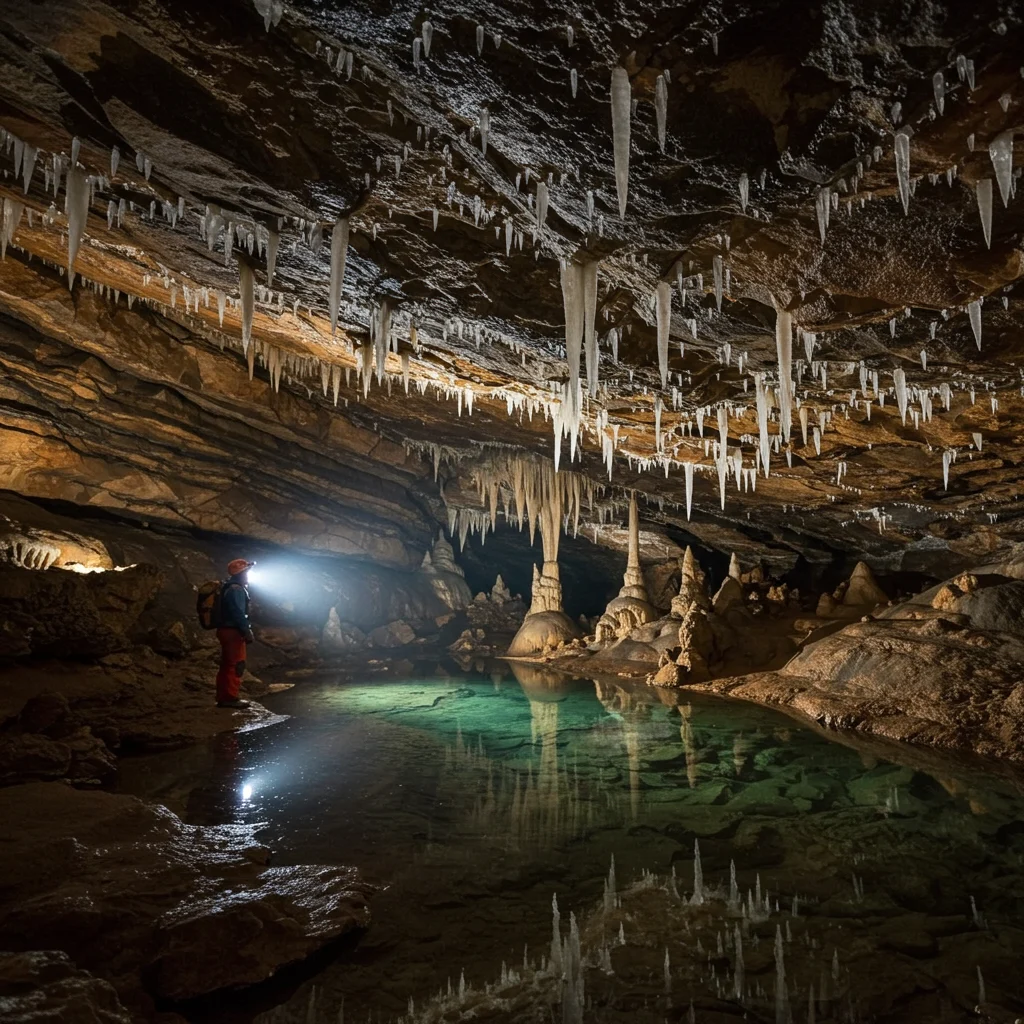
Tour Experience Overview
Most tours begin in Seclantás, where guides greet visitors and provide an introduction to the area’s history and geology. The hike to the caves typically lasts 2–3 hours each way, traversing rocky terrain and dry riverbeds. Upon arrival, guests have time to explore the caves, take photographs, and enjoy a picnic amid the red rocks.
Physical Requirements and Difficulty Level
The hike requires moderate fitness, as the route involves uneven surfaces, some gentle climbs, and exposure to the elements. While the pace is generally relaxed, participants should be prepared for several hours of walking and the possibility of strong sun or wind.
What Should You Pack for Your Visit?
We recommend bringing:
- Sturdy hiking boots or shoes
- Sun hat and sunglasses
- Lightweight, breathable clothing
- Plenty of water and snacks
- Camera and spare batteries
- Sunscreen and insect repellent
Preparation is key to enjoying the experience, much like when planning other outdoor adventures such as the Acadia National Park and Boston tour.
Best Time of Year to Visit
Choosing the right season is crucial to making the most of your visit to the Cuevas de Acsibi. Weather conditions and visitor numbers vary throughout the year, affecting both comfort and photographic opportunities.
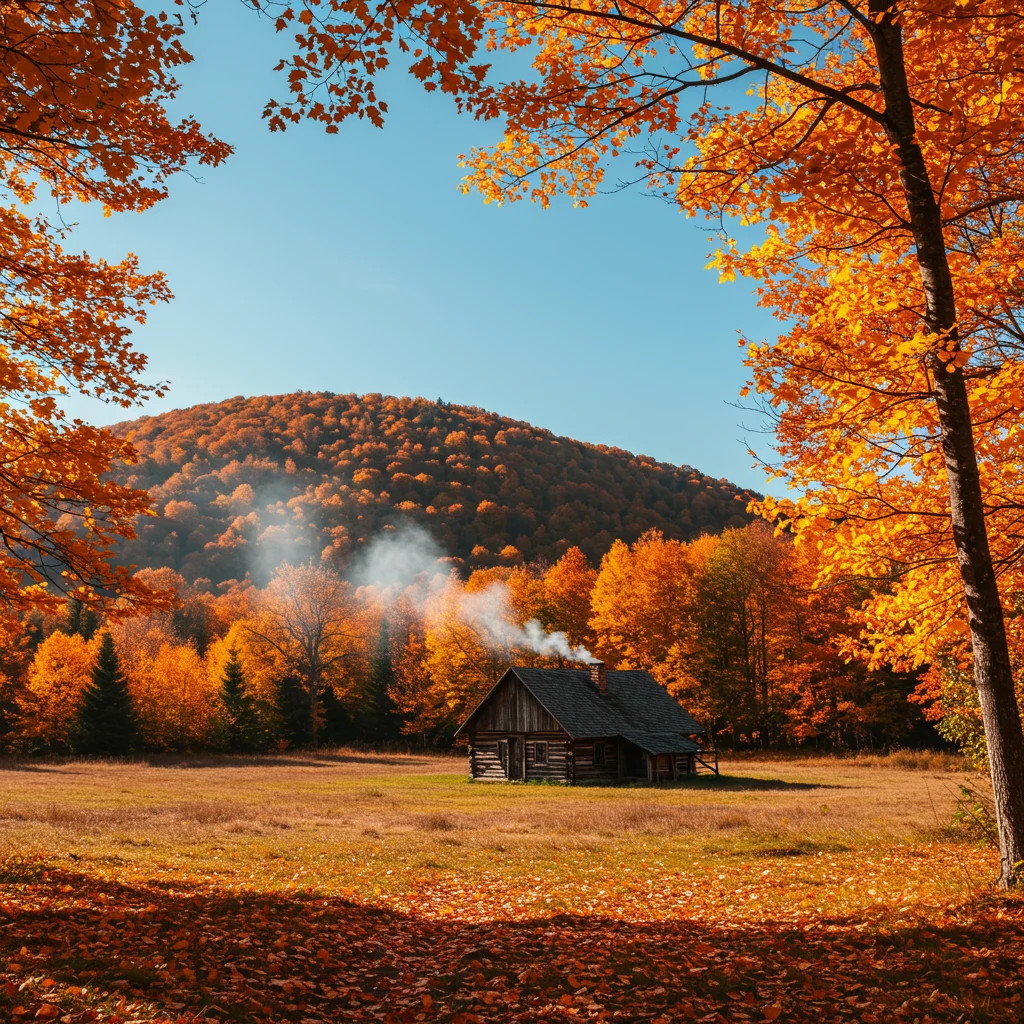
Seasonal Weather Patterns
The optimal months to visit are from April to November, when the weather is cool and dry. Summer (December to March) brings higher temperatures and occasional rain, which can make trails slippery and less accessible. The crisp air and clear skies of autumn and spring provide ideal conditions for hiking and photography.
Crowds and Tourism Peaks
The Cuevas de Acsibi remain relatively uncrowded compared to more famous Argentine destinations. However, weekends and local holidays see a slight increase in visitors. For a quieter experience, we suggest planning your trip on weekdays and outside of school vacation periods.
Photography Tips for Cuevas de Acsibi
The interplay of light and shadow, combined with the vivid red hues, makes Cuevas de Acsibi a paradise for photographers. Capturing the unique atmosphere requires thoughtful preparation and a keen eye.
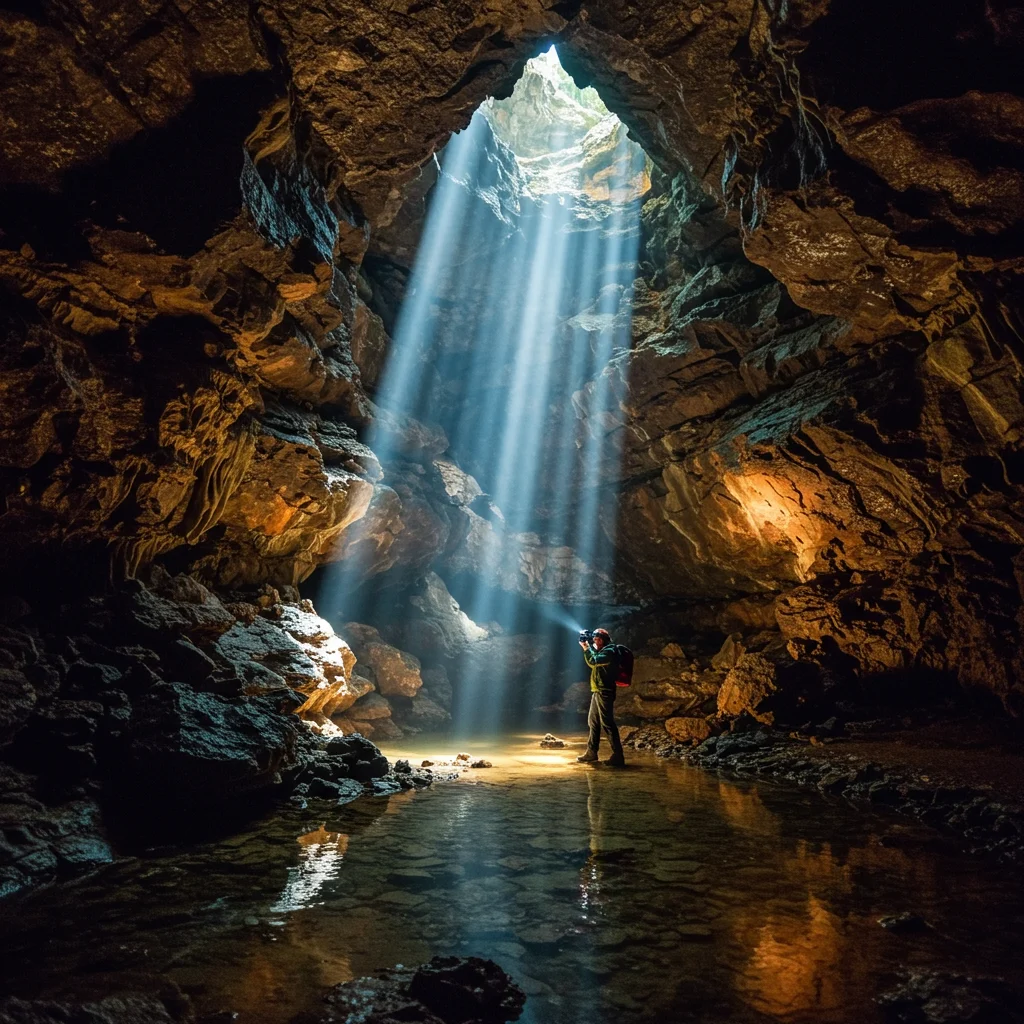
Best Lighting Conditions
Early morning and late afternoon offer the softest, most flattering light. During these hours, the sun’s angle accentuates the contours and textures of the rocks, creating dramatic contrasts and rich color saturation. Midday light can be harsh, but it also illuminates the deepest sections of the caves.
Recommended Equipment
We suggest bringing:
- A DSLR or mirrorless camera with manual controls
- Wide-angle and mid-range lenses
- Polarizing filter to reduce glare
- Tripod for long exposures
- Extra memory cards and batteries
Smartphone cameras also perform well in bright conditions, especially with HDR mode enabled.
Top Photo Spots and Angles
Some of the most striking images can be captured at the cave entrances, where sunlight streams through natural arches. Look for unique rock formations, contrasting shadows, and the interplay between human figures and the vast landscape. Experimenting with perspective brings out the sculptural qualities of the caves.
Wildlife and Flora in the Cuevas de Acsibi Region
Although the Cuevas de Acsibi region is defined by its arid beauty, it supports a surprising diversity of life. Observant visitors may spot rare plants and elusive animals during their hike.

Notable Plant Species
Native flora includes hardy shrubs, cacti, and small flowering plants that cling to the rocky soil. These species are specially adapted to survive in harsh conditions, with deep roots and waxy leaves that minimize water loss.
Common Animals and Birds
Wildlife sightings can include foxes, armadillos, and a variety of lizards. Bird enthusiasts may spot condors soaring overhead, as well as smaller species such as finches and hummingbirds flitting among the vegetation. The sense of isolation enhances every encounter, making each sighting memorable.
Conservation Efforts and Environmental Impact
Preserving the delicate ecosystem and cultural heritage of the Cuevas de Acsibi is a community priority. Visitors play a vital role in supporting these efforts through responsible tourism.

Sustainable Tourism Practices
Tours are typically operated by local families who emphasize low-impact hiking, waste reduction, and respectful interaction with the land. Guides educate visitors about the importance of conservation and the challenges facing the region.
How Are the Caves Protected?
The caves themselves are located on private land, which helps limit uncontrolled access. Local regulations restrict group sizes and prohibit activities that could damage the fragile rock or archaeological sites.
Local Community Involvement
Residents of Seclantás and nearby towns actively participate in conservation, offering guided tours and educational programs. Their stewardship ensures that the caves can be enjoyed by future generations.
As experts often say:
“Preservation of natural and cultural treasures depends not only on protection, but on understanding their value.”
Cuevas de Acsibi Tours: What Are Your Options?
Several tour formats are available for visiting the Cuevas de Acsibi, each offering a distinct experience tailored to different interests and group sizes.

Group vs. Private Tours
Group tours are popular for their affordability and social atmosphere, while private tours provide a more personalized pace and deeper engagement with guides. Both options include transportation, meals, and interpretive services.
What’s Included in a Typical Tour?
Most tours cover:
- Round-trip transportation from Seclantás or Cafayate
- Bilingual guides
- Snacks or packed lunch
- Permits and entrance fees
- Safety equipment such as first-aid kits
Some operators also offer custom experiences for photographers or special interest groups.
Booking Tips and Recommendations
We suggest booking in advance, especially during peak travel months. Reading recent reviews and confirming guide credentials ensures a rewarding and safe experience. If you enjoy curated day excursions, you might appreciate our suggestions for the best day trips from Nice, France as well.
What to Wear and Bring for the Hike
Preparation is the key to a comfortable and enjoyable hike. The right clothing and gear will help you navigate the terrain while staying safe and comfortable.
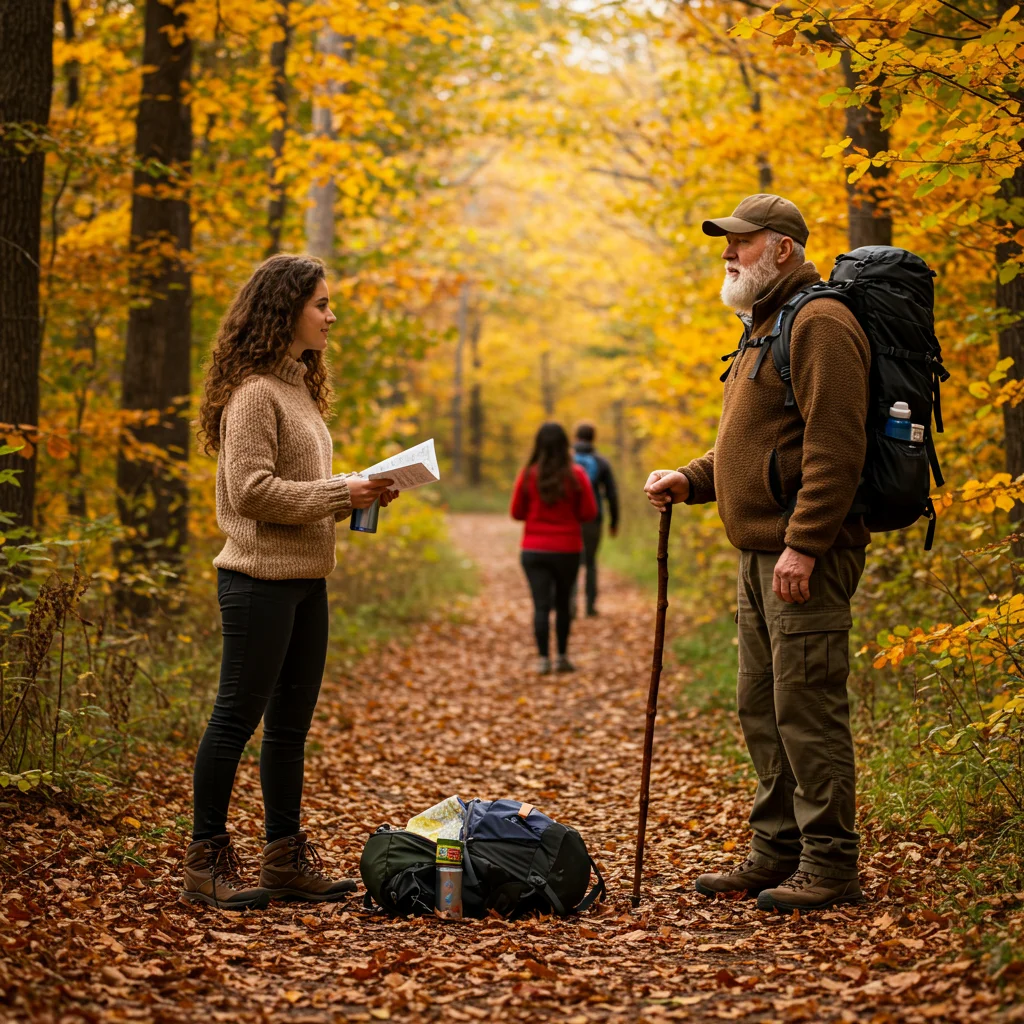
Clothing and Footwear Suggestions
We recommend lightweight, moisture-wicking layers that offer sun protection. Long sleeves and pants help guard against sunburn and brush. Sturdy hiking boots with good grip are essential for the sandy and rocky paths.
Essential Gear Checklist
Your daypack should include:
- Reusable water bottle or hydration pack
- High-SPF sunscreen
- First-aid kit
- Camera or smartphone
- Snacks and energy bars
- Map or offline GPS app
Health and Safety Precautions
Staying healthy and safe is essential for enjoying the Cuevas de Acsibi to the fullest. The remote environment requires some extra planning and vigilance.
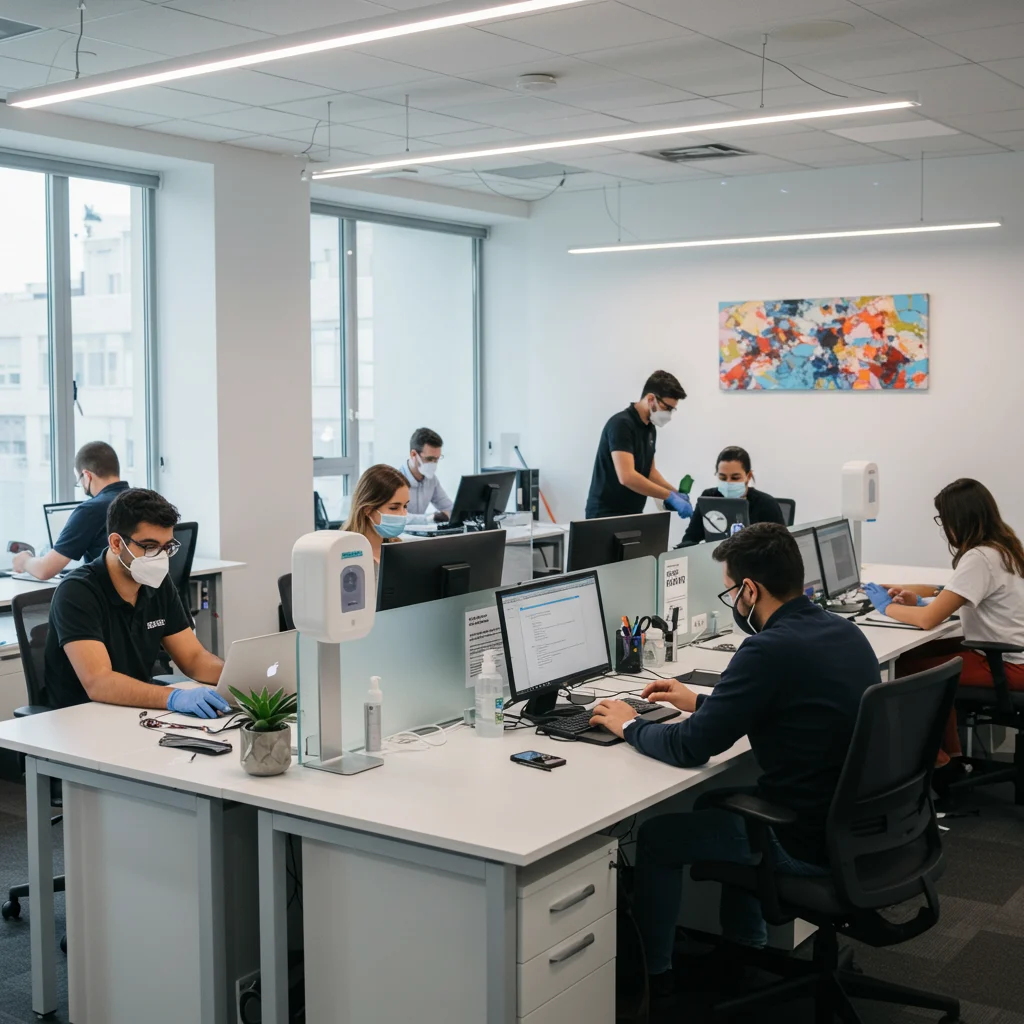
Staying Hydrated and Sun Protection
The dry climate and high altitude can quickly lead to dehydration. Carry more water than you think you’ll need, and reapply sunscreen regularly. A wide-brimmed hat and UV-blocking sunglasses add further protection.
Navigating the Terrain Safely
The trails can be uneven and occasionally steep. Take your time, use trekking poles if needed, and watch for loose rocks. Guides are trained to assist with challenging sections and first aid if necessary.
Emergency Contacts and Procedures
Before setting out, note the local emergency numbers and inform someone of your itinerary. Most tours carry radios or satellite phones for remote communication, as mobile coverage is limited in the area.
Where to Stay Near Cuevas de Acsibi
Several accommodation options are available to suit different travel styles and budgets. Whether you prefer rustic charm or modern comforts, you’ll find suitable lodging near the Cuevas de Acsibi.
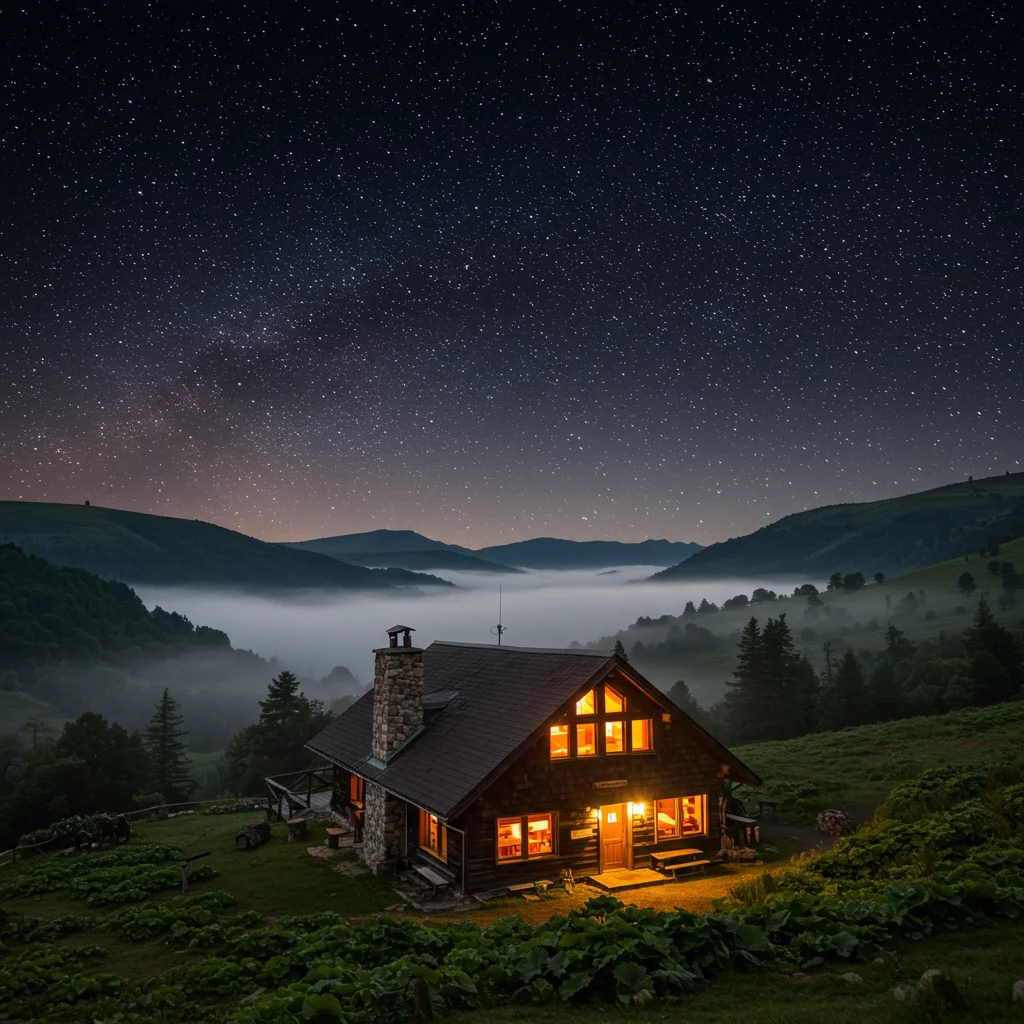
Accommodation Options in Seclantás
Seclantás offers family-run inns and guesthouses, many of which provide home-cooked meals and local hospitality. Staying here supports the community and offers easy access to the starting point of the cave hike.
Lodging in Cafayate and Nearby Towns
Cafayate features a wider range of hotels, boutique lodges, and hostels. This town is also an excellent base for exploring other attractions in the Calchaquí Valley, including vineyards and artisan markets.
Camping Possibilities
While wild camping is generally discouraged to protect the environment, some tour operators offer overnight experiences with tents and meals included. Always check with local authorities or guides for the latest regulations.
Local Cuisine: Where and What to Eat
The culinary traditions of the Calchaquí Valleys add another layer of enjoyment to your visit. Local ingredients and centuries-old recipes create hearty, flavorful dishes that reflect the region’s agricultural roots.
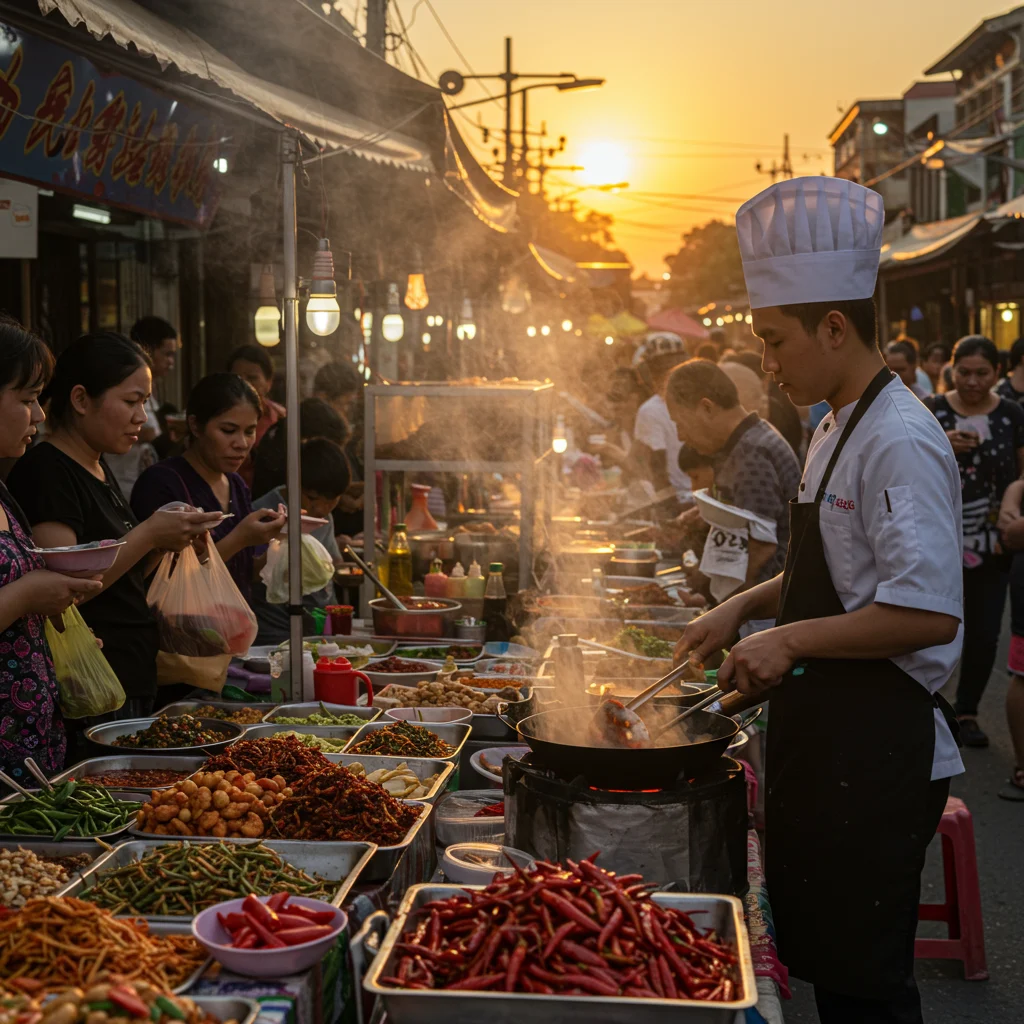
Traditional Dishes of the Calchaquí Valleys
Signature meals include locro (a rich stew), empanadas salteñas (savory pastries), and humita (corn pudding steamed in husks). These dishes showcase native corn, potatoes, and Andean spices, offering nourishment after a day of hiking.
Recommended Restaurants and Cafés
In Seclantás, small eateries serve homemade specialties, while Cafayate boasts a growing selection of restaurants and wine bars. Many establishments offer set menus featuring local produce and traditional flavors.
Pairing Your Visit with Local Wine Tasting
The region is famous for its Torrontés wine, known for its floral aroma and crisp finish. Consider scheduling a tasting at one of Cafayate’s vineyards to complement your culinary experience. This pairing of outdoor adventure and regional wine is reminiscent of the blend of nature and culture found in destinations like White Island, Egypt.
Nearby Attractions to Combine with Cuevas de Acsibi
The area surrounding the Cuevas de Acsibi is rich with additional sites worth visiting. Planning a multi-stop itinerary allows you to experience even more of Salta’s natural and cultural diversity.
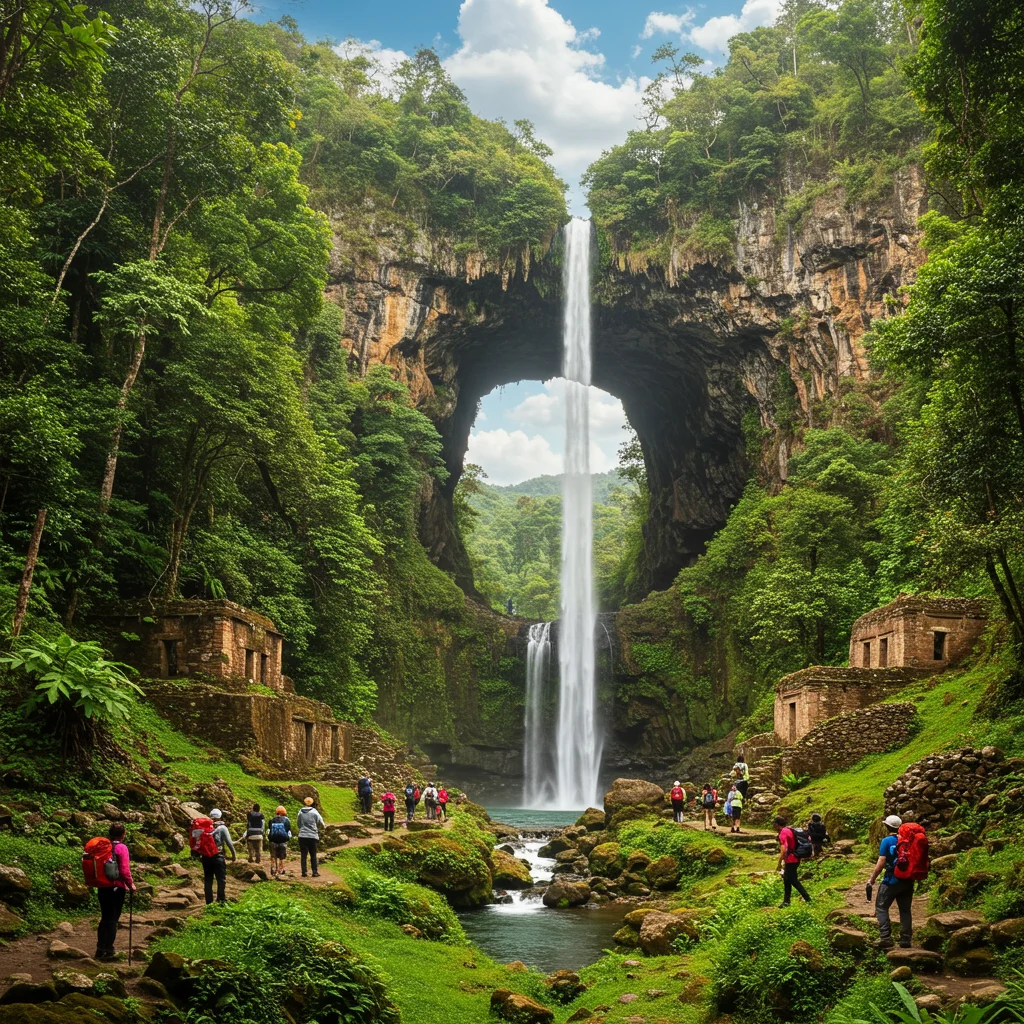
Quebrada de las Flechas
This dramatic gorge features jagged rock formations that rise like arrows from the earth. The landscape is especially striking at sunset, when shadows stretch across the valley floor. A visit here pairs naturally with the Cuevas de Acsibi for those with an appreciation of geological wonders.
The Town of Seclantás
Seclantás is famous for its handwoven ponchos and tranquil atmosphere. Strolling through town, you’ll encounter friendly artisans and historic buildings, making it a pleasant stop before or after your cave adventure.
Other Natural Wonders in Salta Province
Beyond Acsibi, Salta Province offers diverse attractions, including multi-colored mountains, salt flats, and lush vineyards. Active travelers may be interested in comparing these experiences with journeys to ancient sites such as those described in our post on Angkor Wat tours in Cambodia.
Practical Travel Tips for Visiting Cuevas de Acsibi
To make your trip as smooth as possible, it’s helpful to know a few practical details about the region and its amenities.
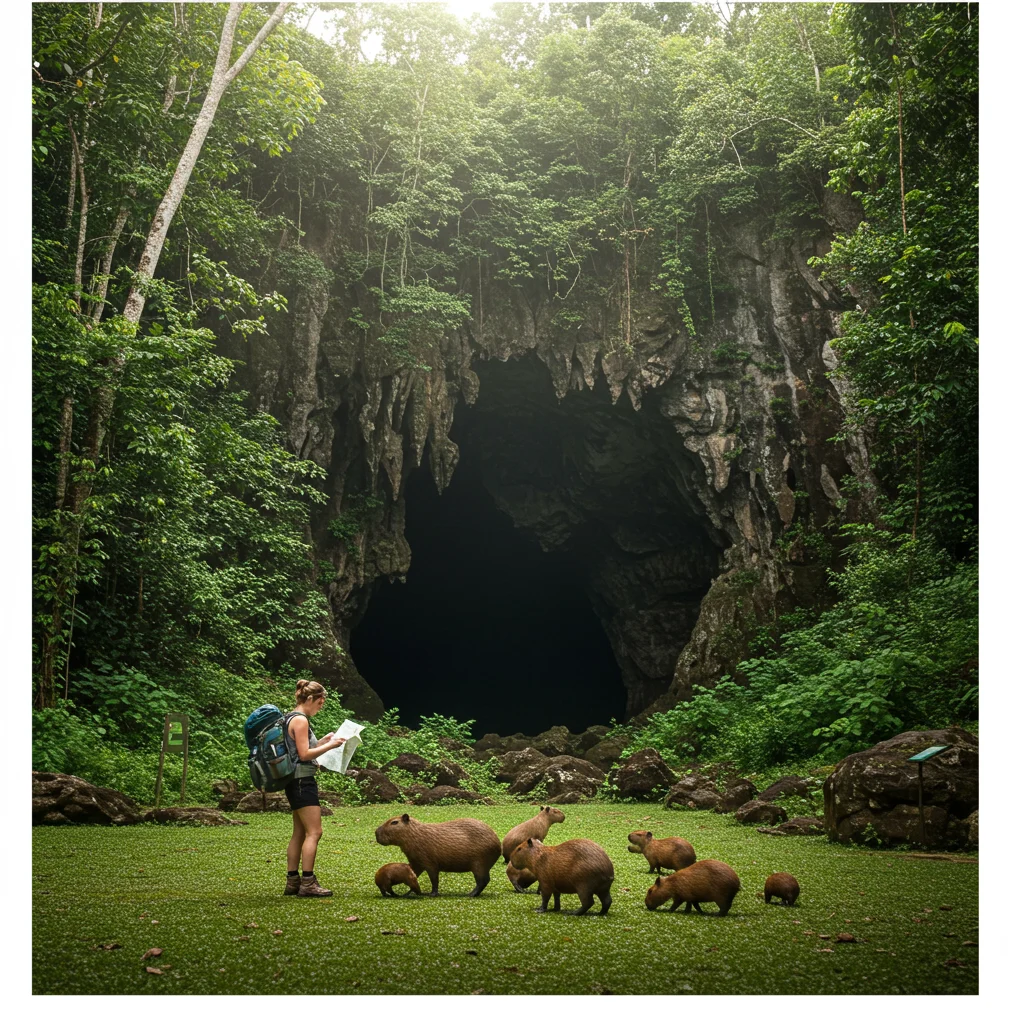
Language and Communication
Spanish is the primary language spoken in Salta Province. While some guides and hotel staff speak English, learning a few basic Spanish phrases enhances your interactions and shows respect for local culture.
Currency and Payment Methods
The Argentine peso is the currency used throughout the region. Cash is preferred in rural areas, so we advise bringing sufficient bills for meals, tips, and small purchases. Credit cards are accepted at some hotels and restaurants in Cafayate.
Connectivity and Mobile Coverage
Mobile coverage can be intermittent, especially in remote areas near the caves. Download offline maps and inform someone of your plans before heading out. Wi-Fi is available at most hotels and some cafés in Seclantás and Cafayate.
Responsible Tourism: How Can You Help Preserve Cuevas de Acsibi?
Every visitor to the Cuevas de Acsibi has a role in safeguarding its natural beauty and cultural heritage. Practicing responsible tourism benefits both the environment and local communities.
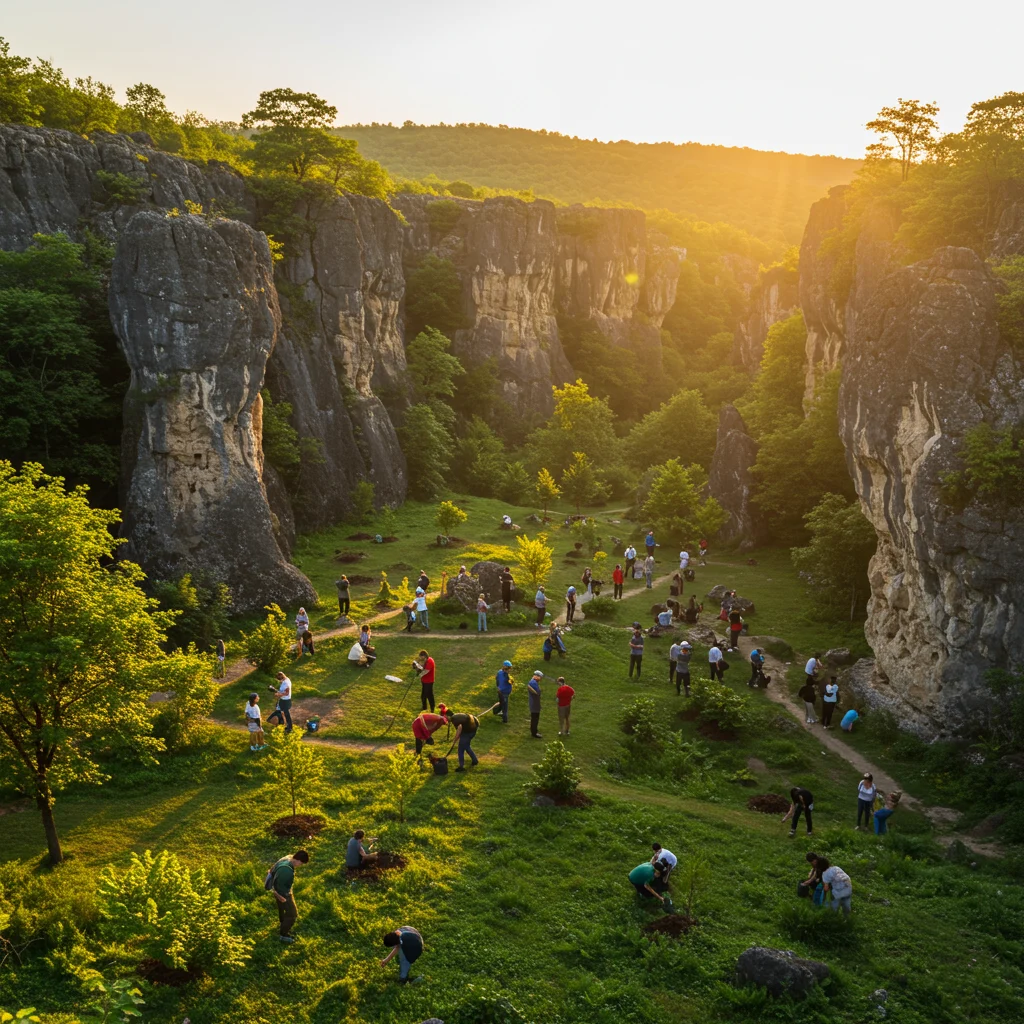
Leave No Trace Principles
We urge all travelers to pack out everything they bring in, avoid disturbing wildlife, and stay on marked trails. These simple actions help preserve the fragile ecosystem for future visitors.
Supporting Local Communities
Choosing local guides, buying crafts from artisans, and eating at family-run restaurants ensures that tourism dollars remain in the community. This support strengthens the region’s capacity to protect its heritage.
Frequently Asked Questions About Cuevas de Acsibi
To assist with trip planning, here are answers to some of the most common questions about visiting the Cuevas de Acsibi.
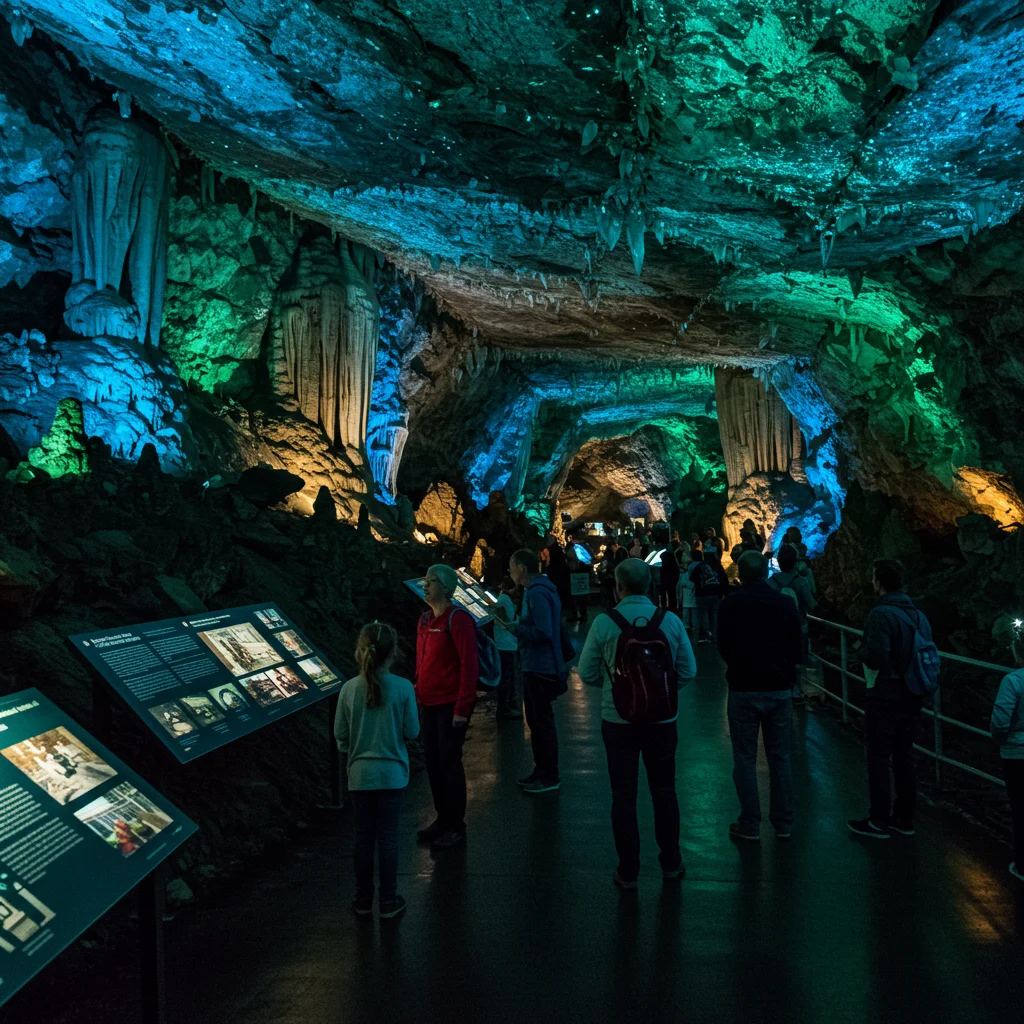
Is Cuevas de Acsibi Suitable for Families?
Families with active children will enjoy the adventure, but younger kids may find the hike challenging. We recommend assessing your group’s fitness and consulting with guides before booking.
How Long Does the Hike Take?
The round-trip hike generally takes 4–6 hours, depending on pace and time spent exploring the caves. Factor in additional time for breaks, photography, and lunch.
Are There Any Entrance Fees?
Most tours include entrance fees in the overall price. If visiting independently, check with landowners in Seclantás regarding current access policies and contributions.
Can You Visit Cuevas de Acsibi Independently?
While solo visits are possible, the lack of marked trails and remote location make guided tours the safer and more informative choice. Local guides also facilitate access through private land.
Personal Stories: Traveler Experiences at Cuevas de Acsibi
Many visitors leave the Cuevas de Acsibi with stories of awe and accomplishment. The sense of discovery and the warmth of local hospitality frequently top their list of highlights.
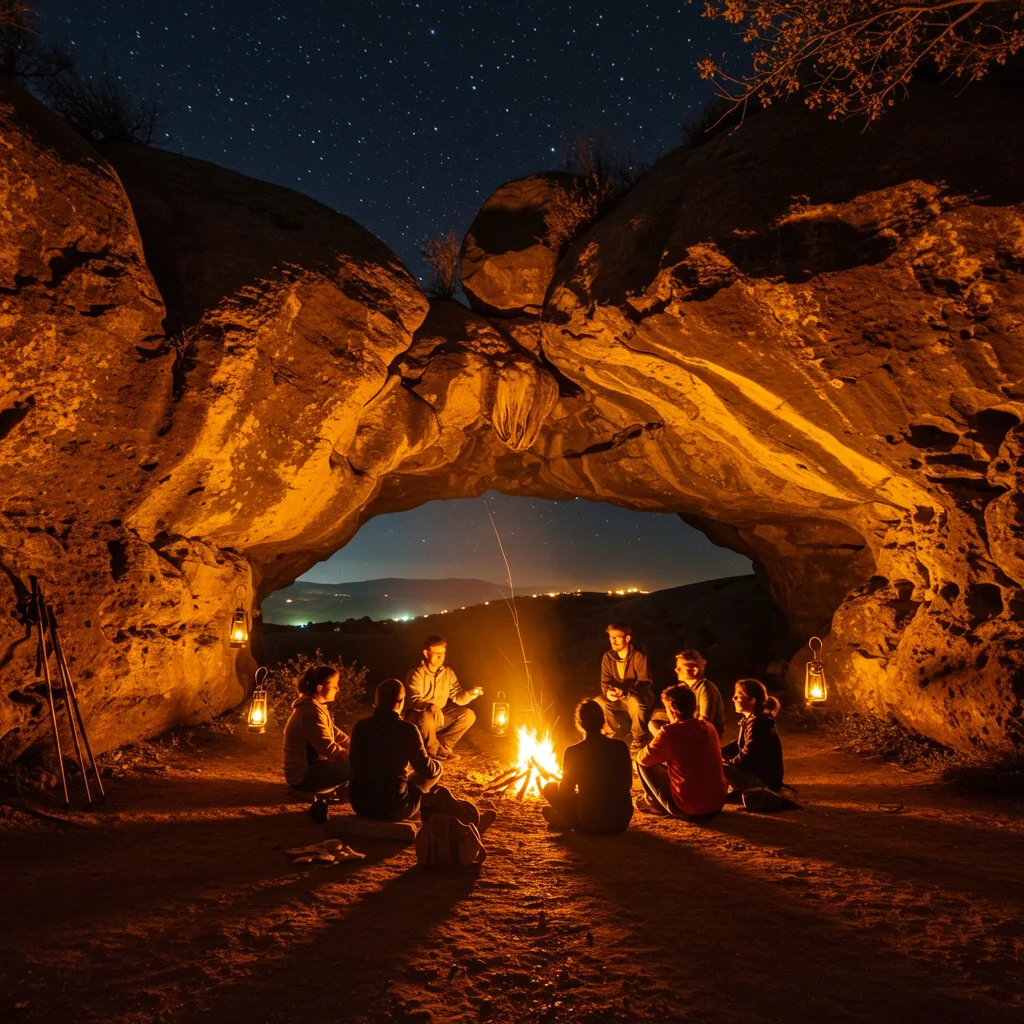
Memorable Moments Shared by Visitors
Travelers often recall the moment they first stepped into the caves, as sunlight illuminated the crimson stone and a profound silence settled over the group. The camaraderie formed during the hike and the shared appreciation of the landscape create memories that last a lifetime.
Tips from Seasoned Hikers
Experienced hikers recommend pacing yourself, staying hydrated, and savoring every view. Bringing a lightweight camera and extra snacks is a common tip, as is taking a few moments to simply sit and absorb the surroundings.
Cuevas de Acsibi in the Media and Popular Culture
Although not as widely publicized as some global landmarks, the Cuevas de Acsibi have begun to attract attention from travel writers, documentary filmmakers, and social media influencers.
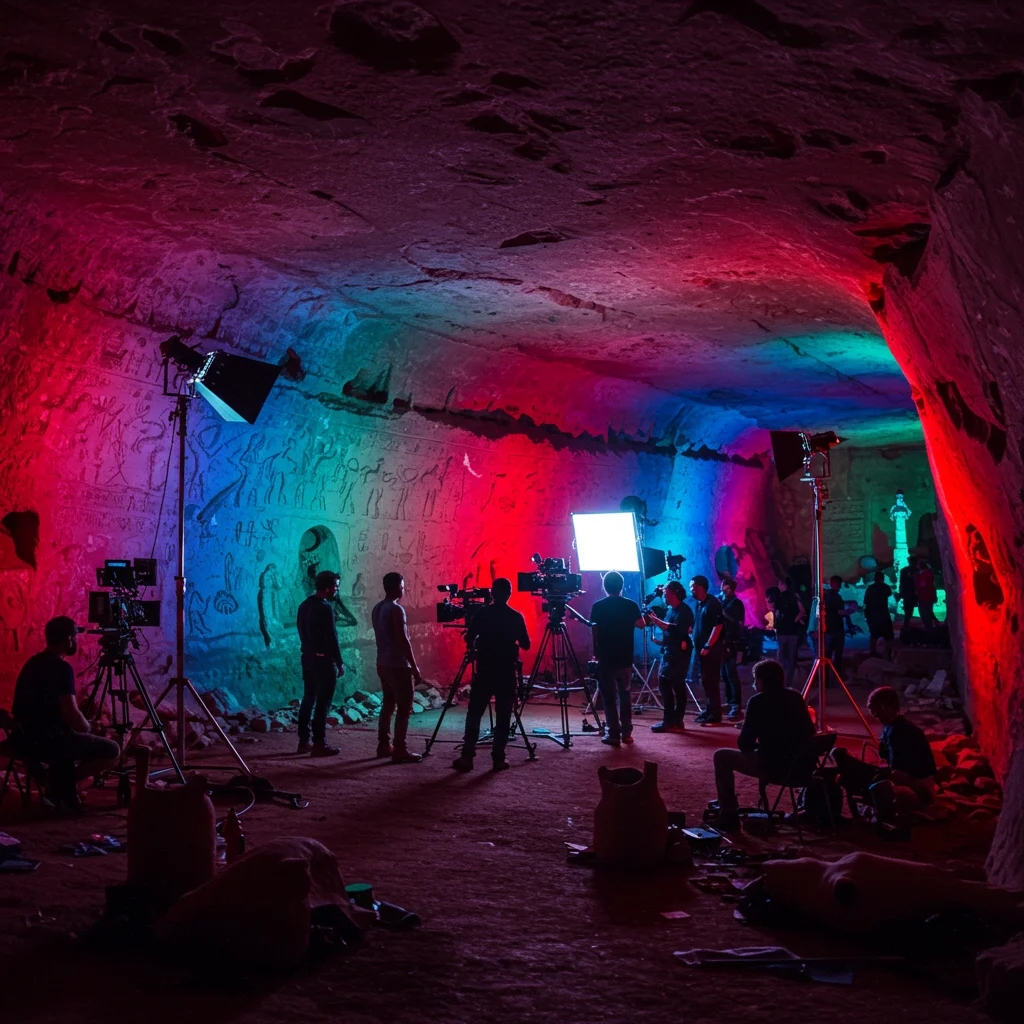
Documentaries and Features
Several Argentine documentaries have highlighted the geological and cultural importance of the site, drawing attention to its unique features and the stories of the people who call the Calchaquí Valley home.
Social Media Highlights
On Instagram and travel blogs, images of the caves’ vivid red arches and remote setting have inspired wanderlust among adventurous travelers. The sense of discovery and authenticity appeals to those seeking meaningful, off-the-beaten-path experiences.
Conclusion: Why Cuevas de Acsibi Should Be on Your Argentina Bucket List
The Cuevas de Acsibi offer an unforgettable journey through Argentina’s geological and cultural heritage. From the vibrant red rocks to the stories woven by local communities, every aspect of this destination invites curiosity and respect. Whether you are an avid hiker, a photographer, or a lover of history, these caves promise a rewarding adventure that lingers in your memory.
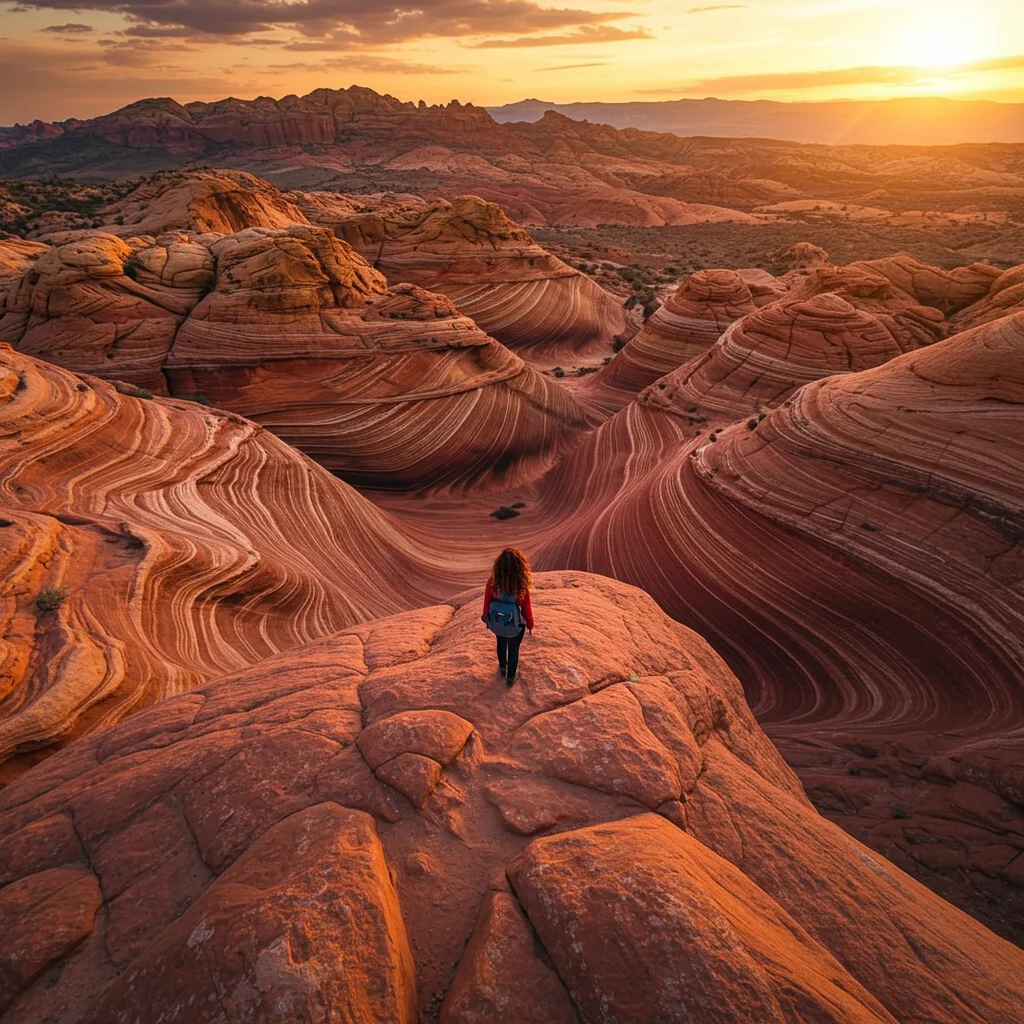
For those planning their next big trip, we encourage you to consider the unique experiences curated by Tourlik, where passion for travel and a commitment to responsible tourism go hand in hand with expert guidance and local insight.

